Wannabe Vegetable Gardener Musings
6 years ago
Featured Answer
Sort by:Oldest
Comments (60)
- 6 years ago
Related Discussions
Red Bed Wannabe!
Comments (12)You guys have the bestest ideas! Nell I don't live on a Boulevard, in fact I happen to live down a gravel road, and my driveway is gravel too. My nearest neighbors are the deer across the road in the woods. I do like that idea though, I hope the Twin cities can get people to participate! Memo, I like the idea of a fence that undulates in and out. But unfortunetly my DH is making this, I don't want to come up with to many ideas, or he will get frustrated and not do it! As the plan looks now, there will be 2 8' sections, then 45degree angle with 2 more sections. Then another 45 degree angle with one section, the arbor and a 4' section. In the first section I can make the bed up to 8' deep, at the start, but where the angle starts, there will only be about 3' of space. On the angled portion, at the start is about 3' of space, but by the time it gets to end expands to about 6 or 7 feet of space. The last portion I can make as deep as I want. I will have a better grip on it, once he actually starts. The driveway side of this fence will face south. The back side actually faces the house. Although there is so much space and other things between it and the house, I can't see it. Actually most of the back side of this fence will have my DH's vegetable garden in it. And the vegetable garden is the DH's for a good reason. I used to do it, but a few years ago he decided he wanted to help. But he won't listen to me! I would say I wanted to mulch the aisles, and he would argue. I would say I DIDN'T want to plant some things, because we never harvested and actually ate it. And he would argue and plant it anyway. I want to plant 6 tomatoe plants, he buys 24! SO I quit! Now, he does the vegetable garden, and the only thing we eat out of it are tomatoes. And this is because he never weeds it. I did for a few years, but he never helped, so I quit that too! This year the weeds are worse than ever! 4' tall and so thick you can't see anything or even walk in there. In fact this year I am going to insist he burns the weeds off, so he kills the weed seeds. Then the whole thing is going to be covered with cardboard, 2 layers thick, and that is going to be covered with grass clippings and leaves. And I am not going to let him play with his rototiller next spring. I actually think the only reason he says he likes to garden is so he can play with his rototiller! He likes to push the lawnmower too! Jenny P...See MoreWeather and other musings.........
Comments (22)Summer 2014 was really great for a lot in my garden, with the caveat that it was a fantastic year for tent caterpillars also. :( My daughter is very good about handpicking them for me. Tomatoes: I get good results with Early Girl, but I am focusing on heirlooms these days. The old standby Beefsteak did amazingly well, and I will grow it next year. I tried Black Krim for the second season, I won't bother with it again. I am thinking about trying Purple Cherokee next season, it has great reviews. I have stayed with Sweet 100 cherry tomatoes, as they just pump out the fruit, but I may get adventurous and try something different next season with them as well. My grandmother (the most amazing gardener I have ever known!) always tapped the flowers with her finger, told me it helped with pollinization, so I do that. Even if it doesn't help I am out there getting to know the plants and watching for signs of disease or insect trouble, ;) As it is now mid October my daughter and I tackled a very overgrown bed next to the front door yesterday. Pruned the lavender back, hacked down the rose again (which was here when I bought the house in 2010 and had reverted back to Dr. Huey), added 6 bags of topsoil and 3 of compost, and planted 135 bulbs. There is so much more to do out there . . . the garden, like the laundry, is a never ending project!...See Morewannabe vegetable gardener
Comments (9)I'm 800 miles northwest of any part of Colorado but, I don't feel especially late and I won't be sowing cucumber or bean seed for a few weeks. We had frost this morning. Your climate may be quite a bit different. In fact, I notice that the hardiness zone map of Colorado looks like a crazy quilt. Perhaps, no part of the state is very much like any other. Here's something I do - watch the trees and other perennials and see where they are. I plant peas when the Oregon Grape begins to flower and then a couple of weeks later. (A week ago, there were no Oregon Grape blossoms to be seen.) These folks at Golden Harvest are in Colorado (website linked below), not sure where. I doubt if I could agree with every idea expressed on that page but it may give you some idea of where you are in your growing season. I do see that CO is a bit ahead in Growing Degree Days to anywhere close to me. Heck, this time of year I feel like I may as well be in North Dakota . . . Steve's digits Here is a link that might be useful: Phenology - Golden Harvest...See MoreFavorite Vegetable/Gardening Books
Comments (27)Now this is a subject dear to my heart. Many months when I don't post to the month's reading thread, it is because I am immersed in garden books and thought they were really too off topic to include. I am simply delighted to have an excuse to describe a few of my favorites. Currently I am reading Plant-Driven Design by Scott Ogden and Lauren Springer Ogden. This is a landscaping book that presents the novel concept that gardens are for the growing of plants, not for hardscape, the non-growing parts of a garden. This approach is long overdue in my opinion. On the other hand, I find Nan Fairbrother's The Nature of Landscape Design to be a very thought-provoking book about how shaping outdoor spaces influence people. It has long been a favorite with me. You can probably tell from my forum name that I am enthusiastic about growing roses. No doubt it comes as no surprise that I suggest two rose books. The first is Visions of Roses by Peter Beales, eye candy raised to an art form. The second, oddly enough, is a rose catalog, Vintage Gardens Book of Roses Not only is the catalog highly informative, it is also one of the most beautifully written rose books I know. I grow food, too, and like to read about that as well. Amy Goldman's book The Compleat Squash has inspired me to experiment with growing all sorts of heirloom squashes, and to cook with them too. I'll end with recommending Gene Logsdon's The Contrary Farmer, a book that eloquently advocates a return to the small mixed farm. His is not the only voice that speaks for this approach to food production, but his was the one that made the life actually appeal to me. Not that I'm going to take up farming, mind you. But I have gone from growing a strictly ornamental garden to growing one that is heavy in vegetable and fruit as well as flowers and shrubs. As for the question posed by PAM, it is downright dangerous to ask me what I grow in my garden! First off I grow roses along with all kinds of perennials, bulbs, and herbs in the front and roadside areas. In the back my husband grows tomatoes, peppers, beans, and eggplants. I have a couple of beds with garlic, shallots, peas, broccoli, Swiss chard, beets, and fennel. I'm digging a bed for 30 asparagus crowns that should arrive in the mail any day. And of course I'm getting ready to plant all those heirloom squashes. Besides that we have lots of fruit plants, all sorts of citrus as well as plums, a peach, a fig, an apricot, a loquat, apples, mulberries, pomegranates, persimmons, blueberries, grapes, and a young avocado tree. Some of these plants are established and producing food, but many are young and not yet mature enough to bear fruit. Rosefolly...See More- 6 years ago
- 6 years agolast modified: 6 years ago
- 6 years ago
- 6 years ago
- 6 years ago
- 6 years ago
- 6 years ago
- 6 years agolast modified: 6 years ago
- 6 years ago
- 6 years ago
- 6 years ago
- 6 years agolast modified: 6 years ago
- 6 years agolast modified: 6 years ago
- 6 years ago
- 6 years ago
- 6 years ago
- 6 years agolast modified: 6 years ago
- 6 years ago
- 6 years ago
- 6 years ago
- 6 years ago
- 6 years ago
- 6 years agolast modified: 6 years ago
- 6 years ago
- 6 years ago
- 6 years ago
- 6 years ago
- 6 years ago
- 6 years ago
- 6 years ago
- 6 years ago
- 6 years ago
- 6 years ago
- 6 years ago
- 6 years ago
- 6 years ago
- 6 years agolast modified: 6 years ago
- 6 years ago
- 6 years ago
- 6 years ago
- 6 years ago
- 6 years ago
- 6 years ago
- 6 years ago
- 6 years ago
- 6 years ago
- 6 years ago
Related Stories

Guest Picks: Herb Gardens for Small Kitchens and Gardens
Up the wall, easily portable or beautifully decorative, these solutions help even the smallest kitchens and balconies get growing
Full Story
GARDENING GUIDES10 Reasons to Love Vertical Gardens
Boring patios and lackluster views, begone!
Full Story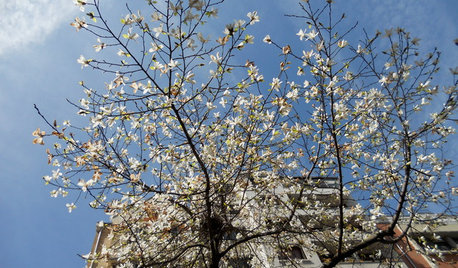
INSPIRING GARDENSBorrow Garden Ideas From Springtime in Paris
Grab a pain au chocolat and join our excursion through Parisian gardens and other green-laden spaces
Full Story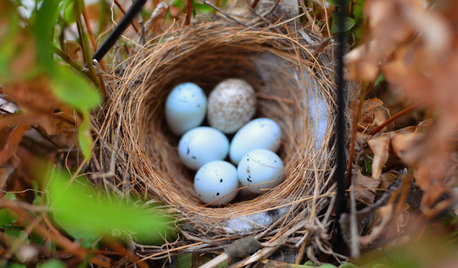
GARDENING GUIDES4 Reasons Not to Rush the Spring Garden Cleanup
There are many positives to staying out of the garden, especially for wildlife
Full Story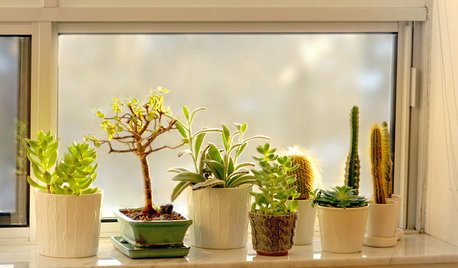
DECORATING GUIDES8 Space-Savvy Gardens
If a windowsill or a small balcony is the only garden space you have, look to these smartly styled plant plots for inspiration
Full Story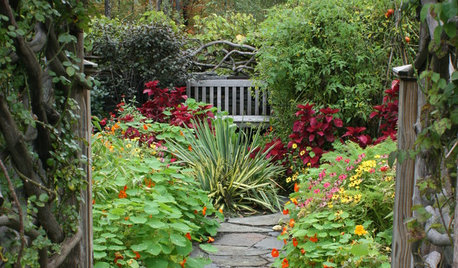
GARDENING AND LANDSCAPING11 Garden Retreats for the Creatively Inclined
Finally finish that novel, opera or oil painting you’ve been working on by drawing inspiration from these peaceful retreats
Full Story
MOST POPULARMeet a Lawn Alternative That Works Wonders
Carex can replace turfgrass in any spot, is low maintenance and adjusts easily. Add its good looks and you’ve got a ground cover winner
Full Story
HEALTHY HOME12 Ways to Set Up Your Kitchen for Healthy Eating
Making smart food choices is easier when your kitchen is part of your support team
Full Story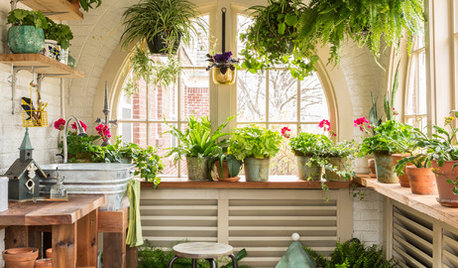
TRANSITIONAL HOMESHouzz Tour: A Home That Honors Family in Little Rock
A third-generation homeowner keeps her family history at the forefront of a thoughtful remodel
Full Story
ARCHITECTURETell a Story With Design for a More Meaningful Home
Go beyond a home's bones to find the narrative at its heart, for a more rewarding experience
Full Story


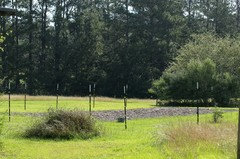
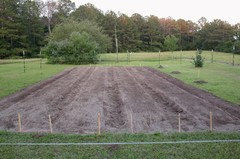
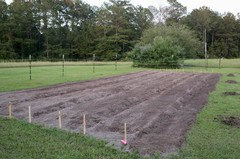
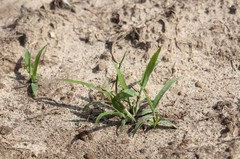
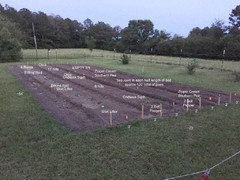
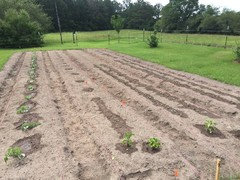

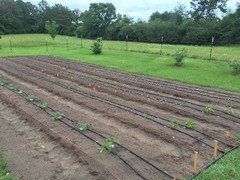
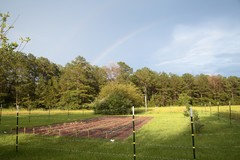
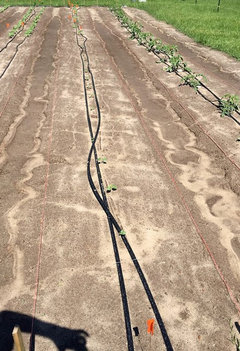
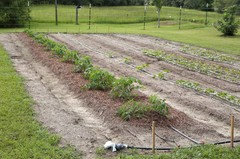
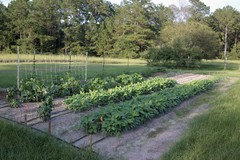
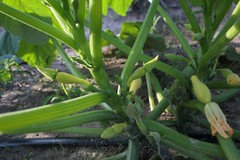
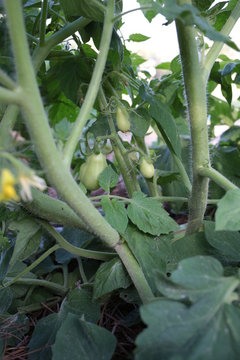



daninthedirt (USDA 9a, HZ9, CentTX, Sunset z30, Cfa)